Graham Reid | | 2 min read
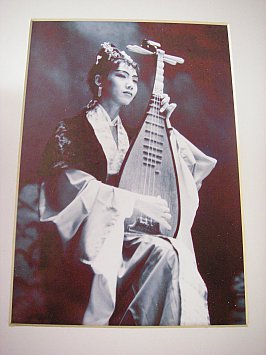
Among the trinkets and souvenirs at the Chinatown Heritage Centre in Singapore the photograph caught my eye: a lone boatman, standing up in his small craft, is rowing between some other vessels as dawn light catches in the ripples off his oars.
The image, obviously taken many years ago, has a strange golden tone and in the ripples the camera has captured the instant when shadows made patterns like fish and dragons.
I study it for a long time, and then flick through others in this stack of photographs, framed in cardboard and ready for purchase. Another catches my eye, it is a black and white photo of an elegant Chinese woman in traditional costume holding a stringed instrument like a lute.
These are marvellous images -- as is the one of a man in a coolie hat pushing a barrow through a downpour -- and I say as much to the old man standing beside me.
He agrees enthusiastically and draws my attention back to the one of the lone boatman.
“Think how long he must have waited to get these shapes?” he says. “This man was a great photographer, this photograph has won many prizes.”
He turns it over and there on the back is a sheet about the photographer -- Yip Cheong-Fun -- and how this image, taken in 1955, with the auspicious motifs of fish and dragons, and the quality of the new dawn, suggest good fortune.
It won numerous international awards and the Photographic Society of New York acknowledged Mr Yip as an honorary photographer of the century (seascape specialist).
The old man shows me other images by Mr Yip and talks me through them.
He is bent and educated, speaking excellent English. I ask him if he works for the Heritage Centre. He is slightly evasive and introduces himself as an author, then produces a book of his writings from beneath the counter. It is about the life and work of the photographer whose work we are admiring.
I tell him that I would like to buy copies of the lone boatman and woman musician photographs, and his book about the artist who did them. I mention that I do some writing also. He is excited by this and shakes my hand vigorously.
He insists that he gift me the copy of his book and he will sign it.
He does so, laboriously: Andrew Yip, M.Ed. Major.
“Yes, I am still a major,” he laughs, “but I will retire next year.”
Of more interest his name, it is the same as that of the photographer.
“You have noticed,” he laughs. “He was my father.”
He tells me how his father was born in Singapore to an immigrant family from China who then moved to Hong Kong when their son was two. Work was hard to find so the boy was sent back to China for a few years and at age six rejoined his family. The boy’s father died when he was 10 and his mother brought him back to Chinatown in Singapore.
He came to photography slowly, had hidden his cameras during the Japanese occupation, and only after the war did he seriously take up his craft and then go on to international fame.
I say this is a remarkable story, and with a flourish he pulls out a calligraphy pen and inscribes his book with my name in Chinese.
And so we talk further and he tells me briefly of his own life, this soldier-cum-author whose book is peppered with his poetry. He has an embarrassing collection of university degrees and was educated in Scotland (where he was a psychologist in a clinic), Singapore, and in Pennsylvania. He headed an education programme for officers in the Singaporean armed forces and travelled widely. Now he helped out at the Heritage Centre, selling prints of his father’s photographs.
I tell him that he too has had a remarkable life and at some time I would like to tell his story to people in New Zealand.
“Oh no“, he says as he hands me the book about his father, who died at 86 in September 1989. “I am not important, but father’s life is very much. You must tell people that he still lives.
“See? Here, in his photographs.”
For other travel stories by Graham Reid, see here for his two award-winning travel books.

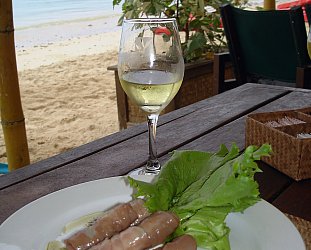
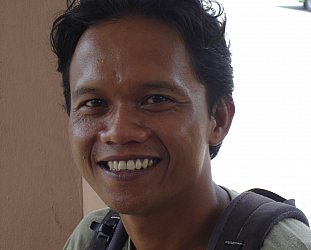
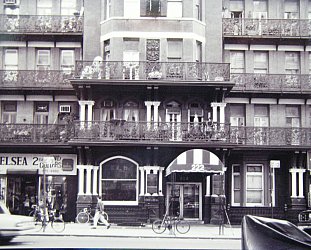

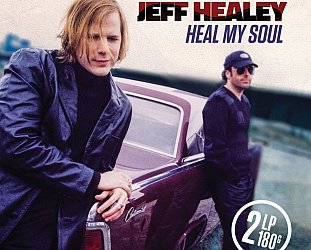

post a comment